
The 2024 Major League Baseball season is upon us. It’s a time when fans of all 30 teams – regardless of last year’s record – have optimism and hope. Baseball devotees know that while having the very best players and smartest managers is a serious advantage, it’s not hard to think about “dark horse” candidates doing the unthinkable, performing well beyond expectations.
You never know. Any team can put it together, especially with talent that’s been overlooked or with new stars who weren’t expected to excel. It’s how they play the games, in fact, 162 of them into November before all is said and done.
Perhaps the most beloved baseball film of all time – a two hankie classic, in fact – was Field of Dreams. It was released 35 years ago, and continues to give baseball fans hope. And it spawned one of the famous lines in motion picture history:
“If you build it, they will come.”
Of course, the movie was referring to dead players from the past returning to the baseball diamond.
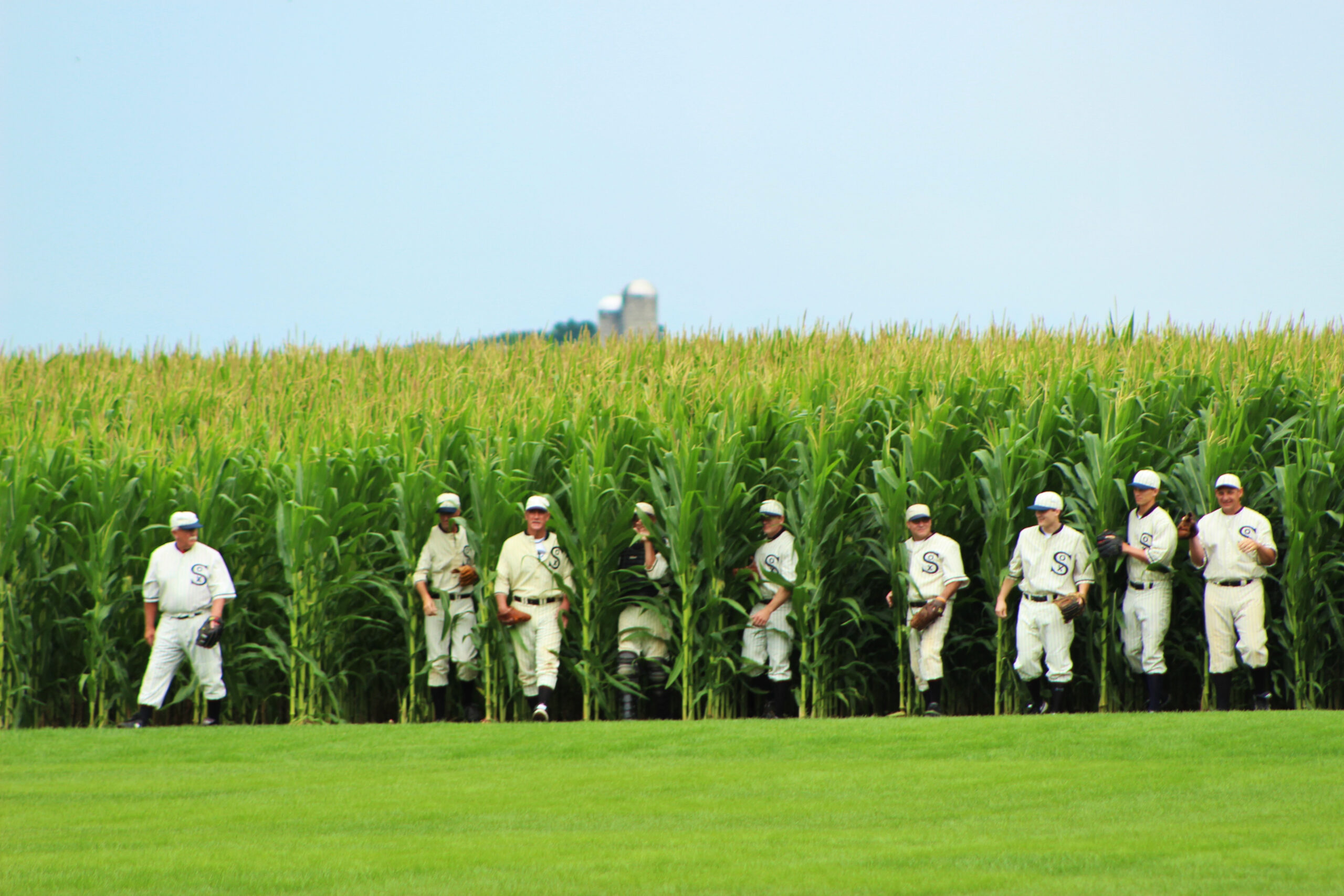
Oddly enough, the phrase rapidly made its way into corporate conference rooms, especially in the media sector. The idea is that if you make great content, it will be rewarded by an audience finding it. In fact, a lot of audio and digital products have been created on this hopeful but increasingly shaky premise. And there has been no shortage of disappointments.
As many have learned the hard way, just making something of quality (and yes, that is subjective), there is no guarantee it will generate a following. Sometimes, the content simply isn’t as good as projected.
But as has been the case in the digital age, just because you make something that generates audience appeal, monetizing it has proved to be an entirely different proposition altogether.
That has sadly been the case with podcasts, especially those created by broadcast radio entities. The exception to this rule may be iHeart, a company that saw the opportunity early on, acquired smart assets and visionary leadership, and then used its 800 megaphones and its army of more than 1,000 reps to make the sale.
Not everyone has been as fortunate or as prescient. While there have been podcast fails and disappointments in the commercial radio sector, the heartbreaking stories are piling up at public radio organizations. In the past year, there’s been one announcement after another of once strong public radio brands having to exact painful layoffs, many emanating from and including podcasting divisions.
The latest was Colorado Public Radio who last week announced the layoff of 15 employees, some of whom worked in their podcast unit. Others were from CPR’s on-site performance studio, often a source of revenue for public radio organizations.
revenue for public radio organizations.
But not this year. According to a memo obtained by Current, from its CEO Stewart Vanderwilt, the culprit for CPR was simply a “budget deficit,” a not-so-rare state of affairs afflicting public radio entities across the country in all sized markets.
Interestingly, Vanderwilt’s memo spoke of a content reset. While CPR’s closing of its podcast studio is an important action step, Vanderwilt announced his organization will now focus on on-demand audio “centered around original news content.” To support that effort, two podcast producer positions will actually be added to CPR’s newsroom.
For many in public radio corner offices, it’s been a red ink pandemic since COVID, as stations attempt to settle in on content creation that reinforces core values, but can also generate sustainable revenue. This has turned out to be more difficult than many anticipated during podcast’s heyday when public radio stations, producers, writers, and talent were dominating the space.
Instead, many public radio entities have learned the hard way that merely “building it” does not guarantee a simple, streamlined path to monetization. The industry is now littered with popular, even award- winning podcasts that cannot pay for themselves, much less generate profits or sustainability.
winning podcasts that cannot pay for themselves, much less generate profits or sustainability.
Part of the reason for checkered successes in podcasting comes down to the expense in producing them. It’s one thing to produce a show with a Joe Rogan format – a popular compelling host talks to interesting/controversial guests in a radio studio – and another to produce an investigative podcast or even a true crime production requiring extensive research time, on-location production, and combing through archives and (re)interviewing key witnesses.
For decades, Hollywood producers have had to contend with budget limitations in the making of motion pictures. That doesn’t mean more movies are “on budget,” but the process of green lighting films is done with spreadsheets along with hopes and dreams.
In radio, content creation – especially in the digital environment – has utilized a more seat-of-the-pants process in both conceptualizing and approving new initiatives.
In public radio, in particular, the hope is that the recent pain of layoffs and ending initiatives might be replaced by a more strategic approach to content creation.
In Vanderwilt’s case, reading between the lines of CPR’s recent retrenchment is a redoubling of efforts toward the brand’s sweet spot – news coverage. Supporting that product, especially now that we’re knee deep in a contentious political season with national, statewide, and local implications, might be more strategically congruent than making podcasts.
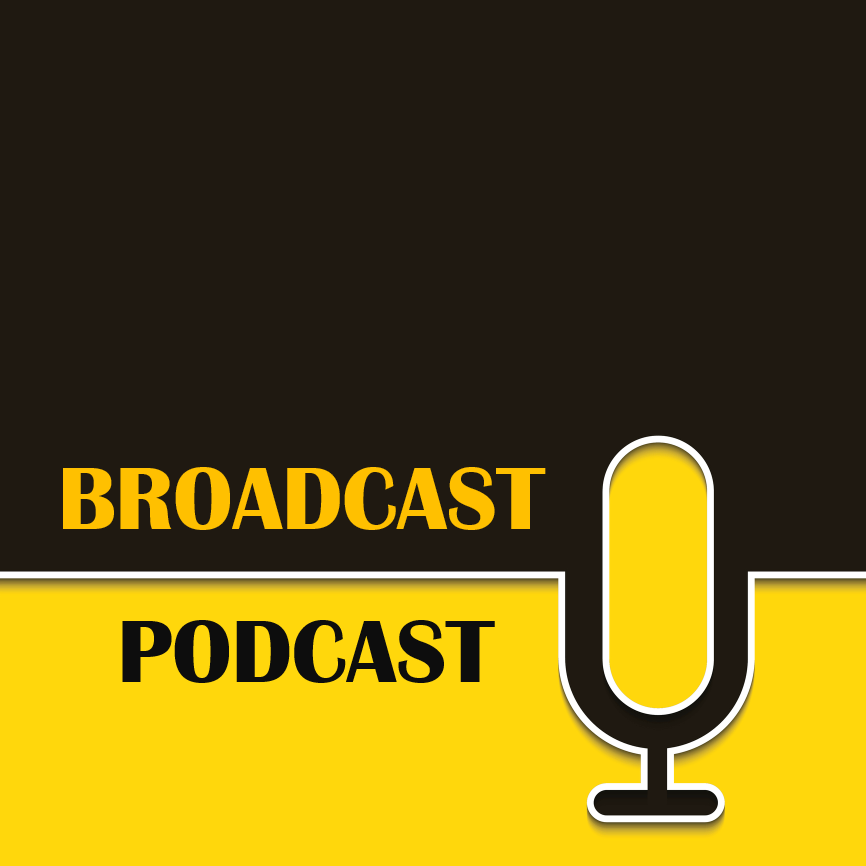 Similarly, the post-layoff announcement at New York icon WNYC points to a similar doubling down on the basics. At the time of his organization’s staff reductions, New York Public Radio CEO LaFontaine Oliver painted the picture of the new strategy: broadcast to podcast.
Similarly, the post-layoff announcement at New York icon WNYC points to a similar doubling down on the basics. At the time of his organization’s staff reductions, New York Public Radio CEO LaFontaine Oliver painted the picture of the new strategy: broadcast to podcast.
That is, a new existing on-air radio program might make the content journey to podcast form – but not the reverse. Thus, no more short-form or seasonal podcasts that have limited-to-no relevance to local audiences.
This shift in content focus comes after a long and painful journey – financially – for WNYC Studios, a spinoff created in 2015, starting with an portfolio of 17 podcasts.
Today, it’s back to the basics for the venerable public radio organization, a restructuring of the entity’s content strategy. None of this connotes that podcasts are a black hole. As noted earlier, some in the space are producing popular podcasts generating substantial profits. But many in radio groups producing podcasts are spinning their wheels, or worse, losing considerable dollars, and in recent months, full-time staffers.
Perhaps I’m oversimplifying the field of play, but a comparison of the over the air (and/or online) listening audiences to those who are regular podcast consumers reveals the challenge for podcast creators at the radio station level. Our most-recent Public Radio Techsurvey 2023 underscores the existing opportunities in other podcast buckets:
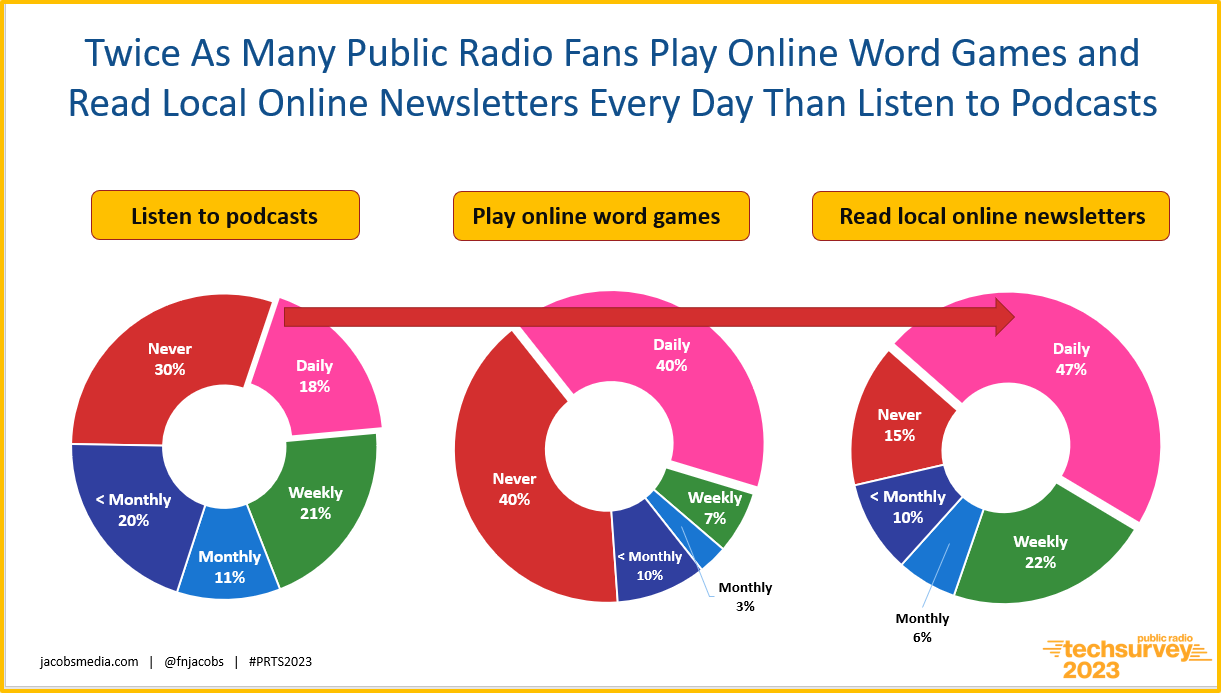
Weekly podcast listeners comprise about four in ten core radio listeners, palling in comparison to regular consumers of online games (think Wordle, etc.) or newsletters, both of which are less costly to produce.
And what’s missing on this chart? The percentage who loyally tune in public radio stations every week – or every day. If WNYC – or all of public radio – is going to fish where the fish – and donations/members – are, a re-emphasis on over the air program development and production seems in order, or at least consideration.
That’s the conclusion both Oliver and Vanderwilt appear to have made. And in this bumpy lead-in to the start of new NPR CEO Katherine Maher‘s arrival, is more than just food for thought.
Interestingly, Maher “cringes at the word ‘content,'” according to NPR reporter David Folkenflik, perhaps underscoring her commitment to radio. I’m with her – “content” has always sounded to me like manufactured, stamped out products made in factories. It gives the impression its easy to crank out – in bunches. It is decidedly not.

To that end, what will be NPR’s philosophy toward podcasting vs. broadcasting in 2024 – and beyond? We tried to take on that symbiotic question in recent years at Podcast Movement – before moving on. Getting these two silos to dance together at the station level has proved challenging. And as public radio organizations struggle to get their balance sheets in alignment, it appears the trend is to lean in to what got them to the dance in the first place.
As the public radio financial shakeout continues, Maher’s early moves in the content strategy arena at NPR will be closely watched.
Hopefully, those decisions will be supported and guided by research. Available audiences, programming desires and needs, and the ability to generate sponsorships, underwriting, donations, and perhaps even subscription dollars will become more important than someone walking into the office next door with an idea for a really cool podcast or video short.
TSS – time spent strategizing – is as important as TSC – time spent creating – when it comes to pretty much anything. Organizations need to be more intentional about what they make and how they can pay for it, whether a podcast, an event, a newsletter, or a piece of merch.
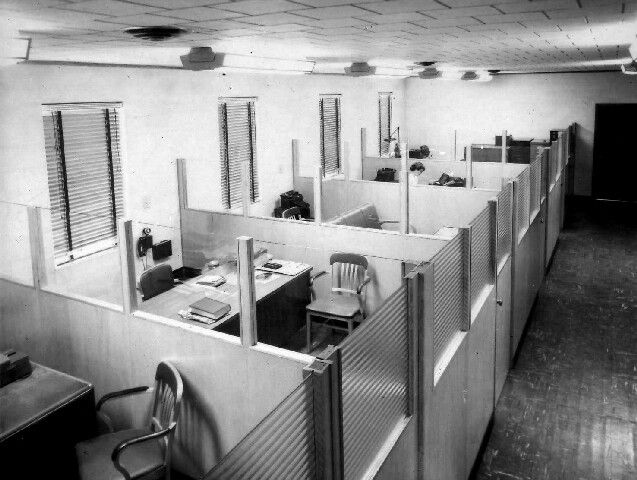 As is almost always the case, that discussion inevitably takes us down the revenue path, because if they cannot sell it, it may as well not exist. As those of you who know me are well aware, I am a programming person, not a seller. That’s where brother Paul enters the conversation.
As is almost always the case, that discussion inevitably takes us down the revenue path, because if they cannot sell it, it may as well not exist. As those of you who know me are well aware, I am a programming person, not a seller. That’s where brother Paul enters the conversation.
And these days, he’s accompanied in those arduous “what if?” meetings by digital sales strategist, Chris Brunt.
Sadly, if programming – be it over the air or online – isn’t “cubicle friendly,” we know what will become of it. It will go unsold.
In tomorrow’s blog post, Paul has written a “blueprint for radio” that not coincidentally includes much advice and direction for the beleaguered sales department often saddled with having too much product to sell. But more than thoughtless admonitions to “sell more digital,” management and ownership need to roll up their collective sleeves and approach this issue of what we can make vis a vis what we can monetize in the most strategic of conversations.
And it goes without saying that unless the core brand’s content is solid, shifting dollars to new unproven divisions isn’t just risky, it may accelerate the bleeding and the ultimate erosion of the brand. If a company can no longer make great radio, there is no reason to believe it can magically manufacture competitive digital products.
For too long, hubris has been radio’s lead emotion, grossly underestimating what’s required in the production of compelling digital offerings. Here in early 2024, it should be obvious to media pros that creating competitive products in the digital arena is even more competitive than making “great radio” was in the ’70s or ’80s.
Back to LaFontaine Oliver (pictured) for some guidance…and some well-placed guard rails: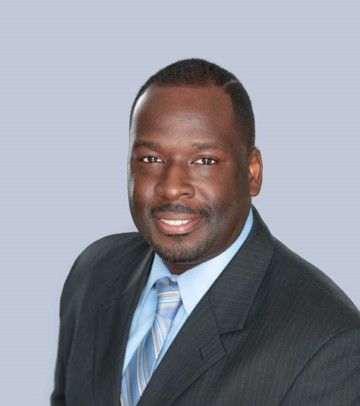
“Part of what the strategy is saying that we are still having material success in reaching people from traditional media broadcasting.”
“What I am pretty clear about is it means a greater focus on the audience and less of a focus on the specific platform that is podcasting.”
As Katherine Maher walks through those heavy NPR doors two weeks from today, let’s hope she’s not just listening to those in her orbit, but also those chastened by choices that have involved minimal strategy, and even less true feedback from the audience – existing listeners, as well as aspirational ones.
I can do the math for you. There are many more daily listeners to public radio programs – over the air and online – than any of these other content choices. And yet, when was the last great NEW public radio show produced by a public radio station or network? None are coming to mind.
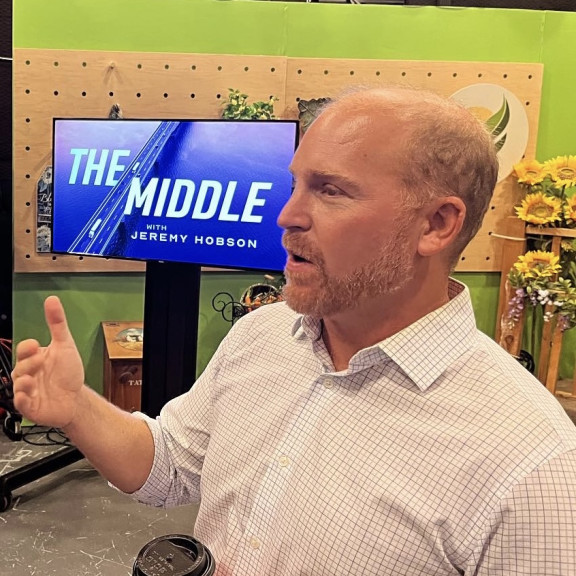 But there have been new shows breaking into the program lineups at public radio stations across the country. The Daily is a production of the New York Times – NOT a public radio network – while The Middle was created and hosted by public radio veteran Jeremy Hobson (pictured), a remarkable achievement by a lone producer. The latter – a live radio show – is rapidly gaining affiliation, now on more than 400 stations and growing
But there have been new shows breaking into the program lineups at public radio stations across the country. The Daily is a production of the New York Times – NOT a public radio network – while The Middle was created and hosted by public radio veteran Jeremy Hobson (pictured), a remarkable achievement by a lone producer. The latter – a live radio show – is rapidly gaining affiliation, now on more than 400 stations and growing
This post has naturally focused on public radio over its commercial brothers and sisters due in no small part to the former’s transparency. For better or worse, public radio organizations wear their successes and failures on their sleeves. It is not difficult to Google self-coverage of some of the various missteps and miscalculations mentioned in this post. That’s right – many openly report on their own failures.
On the commercial side, specifics are less forthcoming, more likely to be buried in economic spreadsheets and silos. But its operators and board members should know the score – bets that paid off, risks that failed, and decisions made more by instinct and intuition than by core data and audience research.
The latter metrics are never a guarantee of success, but executed well, a research foundation provides core confidence in a strategic direction. Executing it brilliantly? That’s an entirely different question.
Before we build it, we’d better do our homework first. Random acts of content will just not get it done.
- The New Pope Was Selected Faster Than Most Radio Organizations Hire New CEOs - May 12, 2025
- What If Radio Tried Something Right Out Of Left Field? - May 9, 2025
- Why Radio PDs Are A Lot Like NBA Coaches - May 8, 2025




Podcasting has become a popular term but so far, small audiences and little profit. Podcasting brought in new hosts & topics but significantly drained licensed radio resources. HD was also supposed to be a big deal but wasn’t as adaptable UHF & FM converters that attached easily to existing receivers.
Starting in the ’60s, FM created real innovation and still delivers exceptionally well. Now, there’s new digital delivery and transmission for AM.
Regional networks with minimal debt have promise. Waste not want not. Licensed broadcasting counts and delivers service with smart curation. Anyone can have a podcast that’s not a real radio station.
Hmm. Call me a fossil, but a simple iPod works great in my vehicles. I listen to the radio while driving only if someone else in the car has no interest in the podcast I had queued.
Thanks for this article.
This line is accurate…..
“the beleaguered sales department often saddled with having too much product to sell”.
I’ve witnessed this a lot and it exhausted the sales team.
Local news is a desirable attribute. Opinion is not, unless you’re a potentate (as I hilariously give my opinion).
Getting back to basics is often what is needed.
Dan, it sure feels like “back to the basics“ is what might be the right recipe here. Thanks for the comment.
The old adage “Less is More” has become “More for Less”- in how today’s audio company is trying to do more with less. Much more. Can it be done properly? In some cases “yeah”. In others – not so “yeah”.
Many broadcast companies aren’t doing a very thorough job of researching and then developing a podcast structure. Instead it appears that it’s “ready, fire, aim”.
Radio companies, even 10 years ago -had 4,5,8 products to support. With podcasts, streaming and websites and..well, you name it – there are many more products to support. Could Ford or GM support cars, trucks, trains, bicycles, scooters, motorcycles, roller skates, other forms of transportation? I don’t think so.
Public, or commercial radio-we’ve got to ask if we’re not trying to do to much-and providing an inferior product because of it? We know there’s money to be made from all of this-and some of it is worthwhile-but we can also make money by selling widgets on ebay or hot dogs in front of the station.
Excellent analysis Fred. In public radio/media, that Field of Dreams thing really has worked well. “Come up with great ideas, produce high quality programming and the audience (and eventually donations) will come.” Podcasts in reality though are essentially a “commercial” product, even if produced in fine public radio style by public media folks. Many of the podcasts created by public media orgs were based on inspired ideas and superbly produced by very talented people. But those podcasts were mostly chasing ad revenue, not donations so much. Despite the lucrative podcast big bang of Serial (launched with a push on-air from public radio,) did it make sense for public media to divert so much of the resources away from the core radio product? Along with the very real need for public stations to navigate a way forward into the future beyond broadcast, it has also seemed like there’s a money grab element at play within public media’s push into podcast development that’s at odds with their basic mission.
Dan, this is a thoughtful, outstanding comment. I often think about “Serial“ because public radio hasn’t had a podcasting hit on that level since that milestone. Thanks for weighing in.